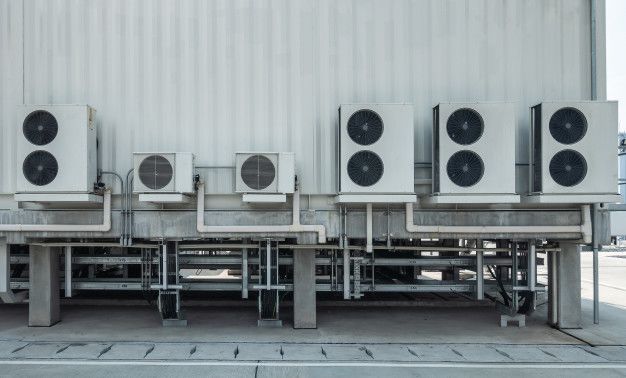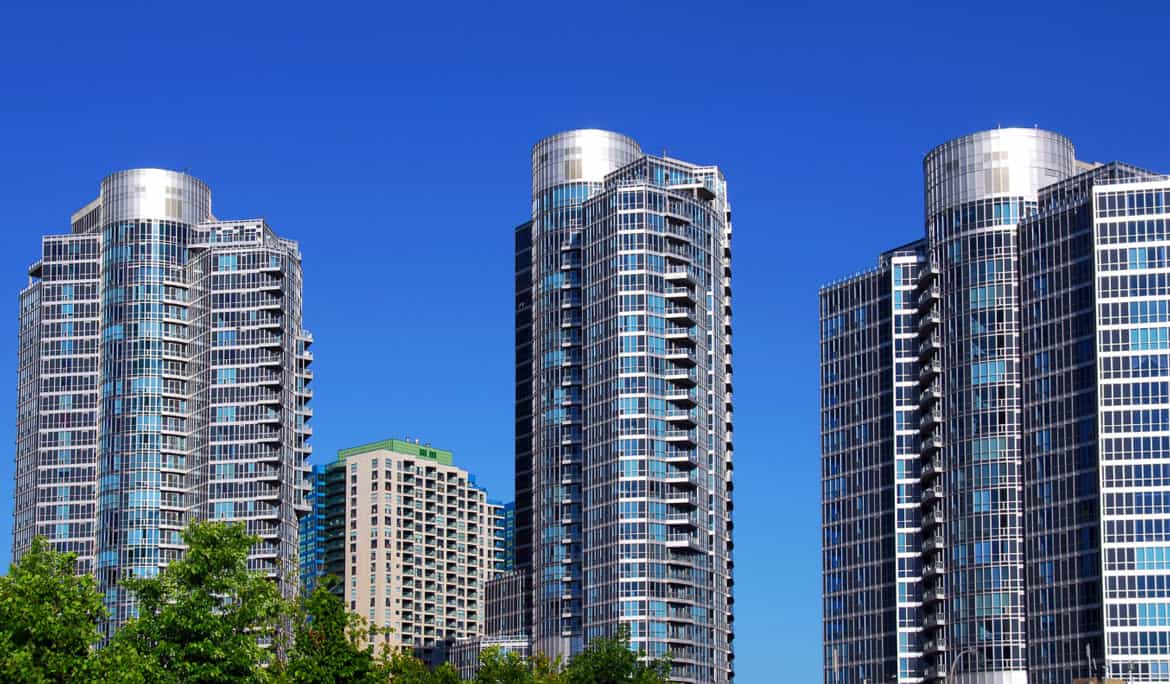Why Casinos and UFAD are a Good Fit
Why Casinos and UFAD are a Good Fit Casinos, often synonymous with glamour, entertainment and bustling hospitality, are continuously seeking...
Floor, wall and ceiling mounted to meet your unique project design.
4 min read
Joe Hullebusch : Jun 21, 2021 12:00:00 AM

Heating and cooling costs are amongst the biggest energy costs for an occupier; according to the Department of Energy, the HVAC can constitute more than half of all utility expenses combined. It’s why HVAC efficiency is so important for commercial owners, many of whom keep the HVAC running round-the-clock.
Having the right HVAC and making sure it’s running at peak efficiency can help you save money and improve the comfort of your building. Get tips that can help you reduce your energy bills and learn about the most energy-efficient HVACs in this article.
HVACs are some of the hardest working equipment in your building, often being used 24/7. That means even small problems can have a big impact on the efficiency of the system - and make a big dent in your wallet.
Here are a few things you can do to improve the efficiency of your existing HVAC system:
If your system is still consuming more energy than you expect, it’s possible that your HVAC or airflow distribution system is unsuitable for the size of the space. For instance, some air distribution systems alone can reduce your HVAC operating costs by 30%.
Learn more about airflow and HVAC energy efficiency:
A furnace or air conditioning system that doesn’t have sufficient capacity will need to run harder and for longer, increasing energy costs. It’s why you need to make sure an HVAC system can handle the heating and cooling requirements of your building. It’s vital to have an air distribution system (such as a UFAD) that minimizes losses too.
Also, check the energy efficiency ratings of your HVAC. For furnaces, this is measured in Annual Fuel Utilization Efficiency (AFUE), while air conditioner efficiency is measured in Seasonal Energy Efficiency Ratio (SEER).
Here are the most energy-efficient HVAC systems on the market.
1. Geothermal Heat Pumps
A geothermal heat pump is an electrically powered refrigeration unit that transfers heat to and from the earth. It relies on natural heat transfers via a ground loop system that circulates water.
How efficient are they? Unlike conventional HVAC systems that combust oil, gas, coal, or wood - which results in some HVAC energy being lost - geothermal units transfer heat from the ground even more efficiently.
Though these are some of the most energy-efficient HVAC systems on the market, not every building has the space or geographic factors to install them. Depending on the type of soil the building is situated on, geothermal pumps can be expensive to install.
2. Gas Furnaces
Gas furnaces burn natural gas or propane to generate heat. Heat is pumped through a heat exchanger to warm up the air, which is then circulated in the building through its ductwork.
How efficient are they? Furnaces today can achieve 75% AFUE, though to be considered efficient a gas furnace must have a 90% AFUE or higher.
Gas furnaces have steadily become more energy-efficient over the last four decades, but energy-efficient furnaces are more expensive compared to less efficient ones. Carefully assess if your usage patterns will deliver the energy savings that justify this additional cost.
3. Gas Fired Boiler
The gas-fired boiler produces heat by burning natural gas or propane. It then sends the heated water via two primary distribution systems to radiators and taps, providing you with heating and hot water.
How efficient are they? Compared to the older heater and furnace models, modern systems run at HVAC efficiency levels as high as 98.5% AFUE.
However if your premises doesn’t have a gas line system, that’s an additional cost you will have to bear.
4. Standard Split Heat Pump System

A split-system heat pump comprises both indoor and outdoor units, which are connected by a copper pipe. The standard split heat pump works by using Freon refrigerant in copper piping to exchange heat.
How efficient are they? Heat can be transferred from indoors to outdoors (or vice versa) with only a small amount of power being used to circulate the refrigerant. Besides, variable-capacity heat pumps use inverter compressors that are even more efficient. For a system to be considered energy-efficient, it must have a 13 SEER rating or higher.
5. Mini Split Heat Pumps
This system works similarly to the standard split heat pump, with an outdoor and indoor unit connected by a loop of refrigerant, which circulates heat. The difference is that these are more suitable for smaller spaces.
How efficient are they? The most efficient mini-split heat pumps in the market offer superior HVAC energy efficiency compared to standard split heat pump systems. Since they serve smaller spaces, heating and cooling can be adjusted precisely, minimizing waste.
The downside to installing a standard mini split system is that they are suitable for smaller spaces only. If you install multiple units for a large building, then the value proposition becomes weaker.
One of the most overlooked, and one of the most important parts of any HVAC is the airflow distribution system. Well-designed systems will have a very noticeable impact on comfort and efficiency.
It’s why the most efficient HVAC systems use underfloor air distribution systems (UFAD). This configuration reduces frictional losses in the system and helps maintain a consistent temperature across the building.
Our customized solutions have realized up to 30% energy savings compared to standard systems. Whether you are looking to replace your existing system or installing one in a new project, a UFAD can help you:
Contact the experts at AirFixture today to find how a UFAD system can reduce the environmental impact of your existing building or upcoming project.

Why Casinos and UFAD are a Good Fit Casinos, often synonymous with glamour, entertainment and bustling hospitality, are continuously seeking...

Be it due to different use cases, a myriad of local regulations, and the emergence of industry standards (such as LEED), the ‘standard’ for high rise...